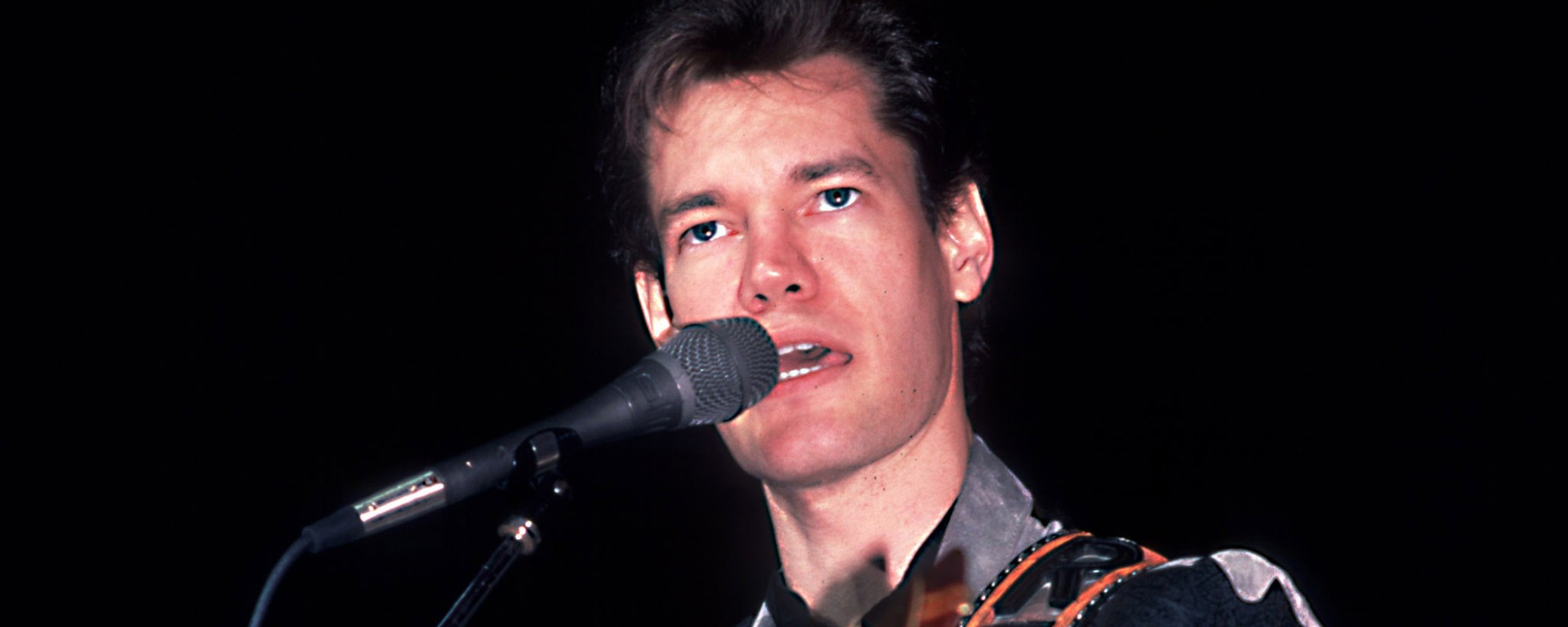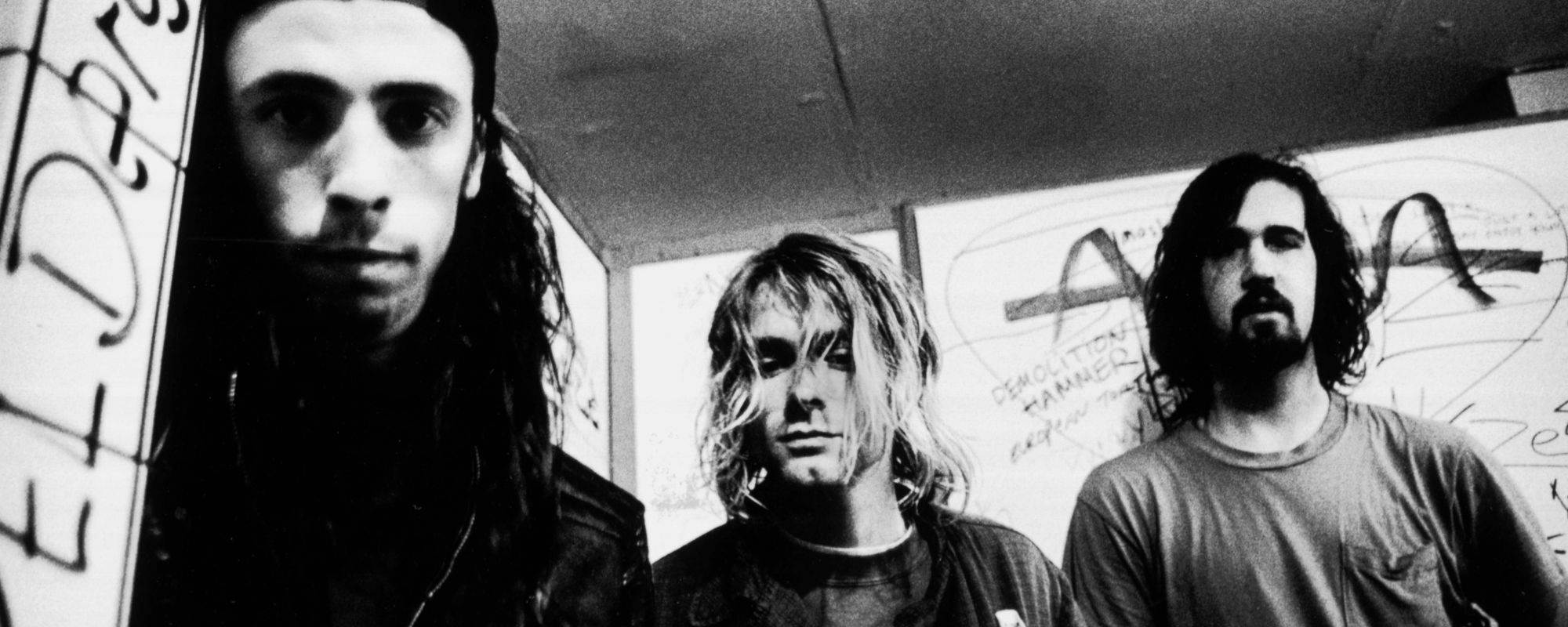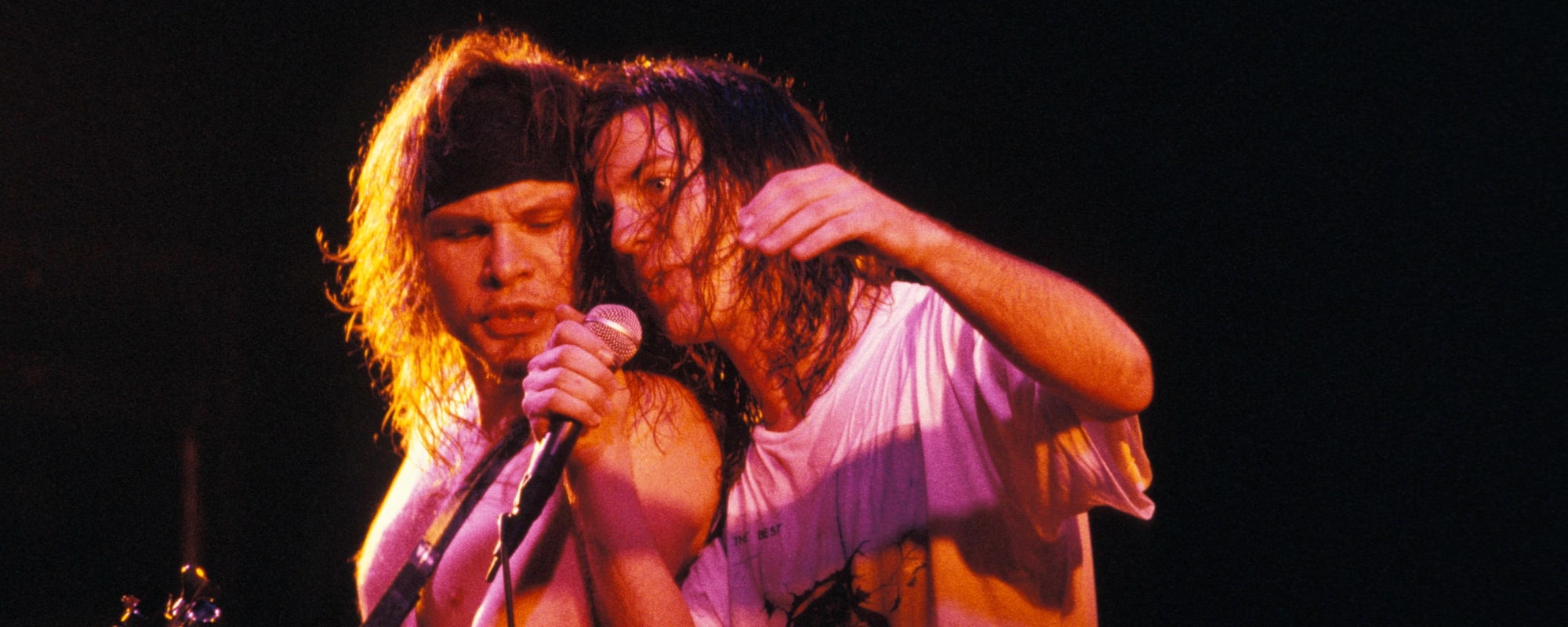In 1992, Alice In Chains released the grunge blockbuster called Dirt. Selling millions of records, they quickly became one of the leading Seattle bands during the rise of alternative rock in the early 1990s. The album, their second, features a string of indelible hits, including “Would?”, “Them Bones”, “Rooster”, and “Down In A Hole”.
Videos by American Songwriter
But the album’s third single, “Angry Chair”, was a creative departure for the band. Typically, guitarist Jerry Cantrell wrote the songs. But vocalist Layne Staley penned “Angry Chair” with the intention of using it for a side project.
Staley’s tune uses a painful memory from childhood to address the ongoing darkness that overwhelmed him and many prominent figures of Seattle’s groundbreaking music scene.
About “Angry Chair”
“Angry Chair” describes a physical place resulting in emotional pain. Using the metaphor of a child placed in “time-out,” Staley sings about isolation, feeling trapped, and “corporate prison.”
Sitting on an angry chair
Angry walls that steal the air
Stomach hurts and I don’t care.
Staley’s struggles with addiction are well known, and the lines below turn adolescent despair into the continued darkness of his adult life. The imagery is bleak throughout “Angry Chair”. Though Staley’s addiction may have started with a party, it was something he couldn’t escape. Like Lewis Carroll’s shackled character in the band’s name.
Little boy made a mistake, hey
Pink cloud has now turned to gray, oh
All that I want is to play, hey
Get on your knees, time to pray, oh.
Bending Strings
In addition to the lyrics, Staley wrote the guitar riff to “Angry Chair”, which employs a signature technique often found in Cantrell’s writing.
What Cantrell calls a “bend kind of thing” and “something that’s in the vocabulary of the band,” Staley’s riff wasn’t intended for Alice In Chains.
The singer thought of keeping “Angry Chair” for an outside project. “He was a big fan of Ministry and Nine Inch Nails,” Cantrell said, “so I think he was thinking maybe doing an industrial project with some other guys outside the band.”
But his band had other ideas. When Cantrell, with bandmates drummer Sean Kinney and bassist Mike Starr, heard Staley playing the riff, they pushed him to record it. It’s a highlight on a stacked album and one to feature Staley on guitar.
It’s also one of Cantrell’s personal favorites. For Staley, he became an icon, but his talents were fueled by turmoil. He couldn’t escape his past. It became his future, and once again, a present he couldn’t outrun.
Photo by Vinnie Zuffante/Getty Images













Leave a Reply
Only members can comment. Become a member. Already a member? Log in.